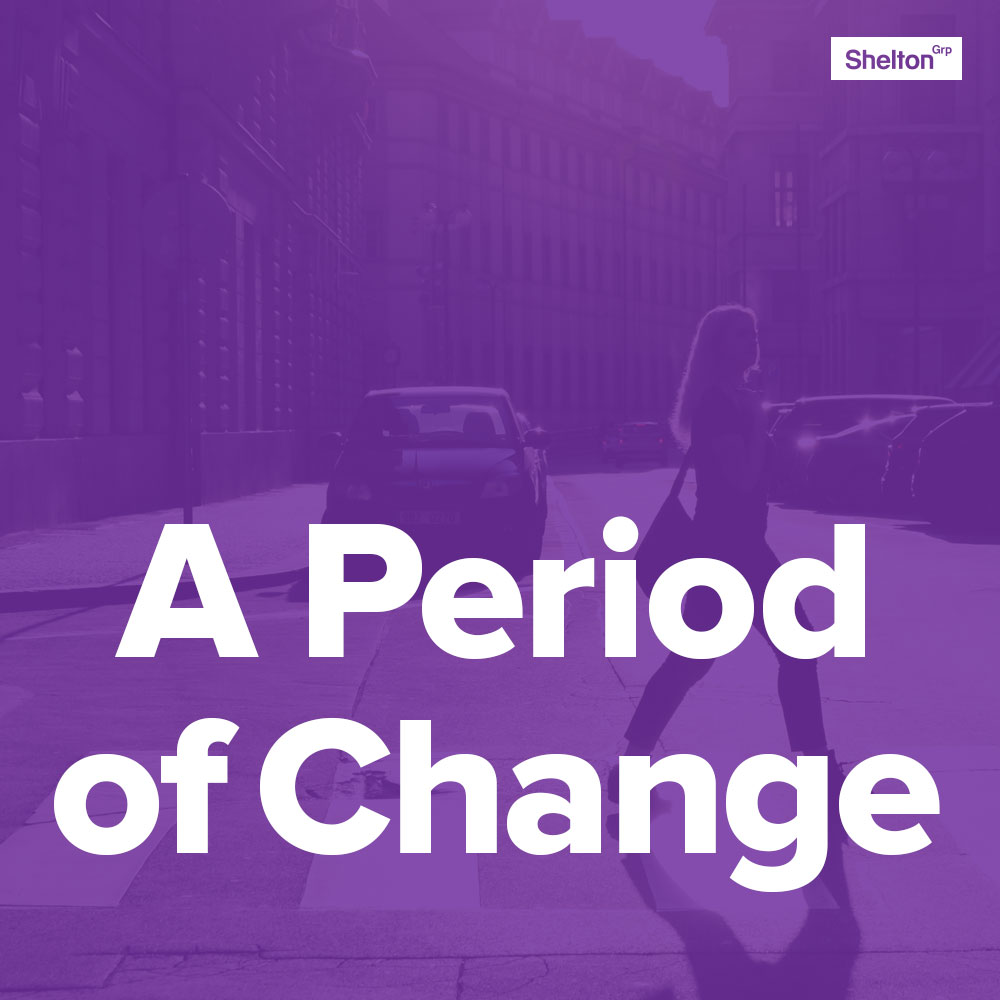Super Bowl + Sustainability

Shelton Stat
63% of Americans say that a company’s environmental reputation has a moderate to strong impact on their purchase decisions (Eco Pulse 2018).

Sustainability Win of the Week
An astounding 110+ million people watched the Super Bowl this past Sunday – and chances are, some of them watched just for the ads.
Given the high number of eyeballs (a rarity in today’s on-demand media environment), Super Bowl ads are not cheap – this year’s air time clocked in at over $5 million per 30-second slot. So, when a company releases a sustainability or CSR-themed commercial during the Super Bowl, it signifies a major commitment. Or at least it signifies a willingness to spend a lot of money on a message a company thinks will resonate with Americans. If you follow our Pulse® research, or glance at the stat above, you know Americans expect companies to stand for something other than making money; and if they find that stand believable – i.e., if a company is willing to forego money or spend a lot of money to stand behind what they believe in – they will both buy the brand and advocate to their friends and family on behalf of their brand. So, as we’d say in our world, it’s “on strategy” for a brand to take a stand and tout it in their marketing. Thus, a sustainability-themed Super Bowl ad for some brands is simply a way to be on strategy, differentiate and make a splash all at the same time.
But real commitment looks like spending the money for a sustainability-themed Super Bowl ad year after year. And who wins the prize for serious, sustained commitment? Anheuser-Busch, the maker/distributor of Budweiser and an assortment of other beers, including Stella Artois, Goose Island and everyone’s favorite, the Lima-A-Rita.
This year’s Budweiser commercial, for instance, highlighted the message “Brewed with Wind Power for a Better Tomorrow” (advertising the brand’s renewable energy commitments). Last year’s was about water: Budweiser’s production and distribution of canned drinking water for hurricane disaster relief. Last year Stella Artois also leveraged the Super Bowl to promote their Chalice program designed to bring clean water to the developing world (this year they went in a totally different direction). And in 2017, Budweiser’s ad covered the topic of immigration – a hot-button issue then and now. If the trend continues, one might expect an ad on farming and soil health next year, or perhaps one on workers’ rights or product distribution.
Runner-up goes to Audi, which released an ad to publicize the brand’s work on electrification. The ad – an odd one – features an office worker choking on a cashew who, in a state of delirium, discovers Audi’s futuristic electric vehicles in a barn (it doesn’t make complete sense). The ad closes with the message that one-third of Audi’s lineup will be fully electrified by 2025. Audi has used the Super Bowl before to tout their green creds – remember the “Green Police” ad from 2010? The problem, of course, is that Audi is owned by Volkswagen, and their diesel cars were cheating the air emissions/regulatory system. Anybody who drove one thinking they were doing something positive for the environment – like me – is likely forever resentful and looks at Audi/Volkswagen green claims with disdain, irony or at least an eye roll. Which would be a really good reason not to spend Super Bowl money to put it out there. Perhaps their research says folks like me are in the minority and it’s worth the risk.
Other than these ads – as well as two socially oriented ads (Microsoft’s “We All Win” ad about disability-friendly gaming controllers and the Washington Post’s “Knowing Keeps Us Free” campaign) – the rest were relatively commitment-free this year (Google’s ad about helping Veterans find jobs probably deserves an honorable mention, though). As Thomas Kolster puts it in his opinion piece in Sustainable Brands: at a time when most brands are “playing it safe” and advertising merely to “wow consumers into buying more,” the CSR-minded companies and ads really do stand out. Which is a great reason to tell your sustainability story anytime – but especially during moments when we’re all brought together around the screen.

News of the Week
In EV100 initiative, 31 companies join drive to switch to electric vehicles – GreenBiz
More than 30 companies have joined the pledge to transition their road fleets to electric vehicles as part of the Climate Group’s EV100 plan. The initiative aims to electrify 2 million vehicles by 2030 – and to encourage improvements in infrastructure to facilitate EV charging. The Climate Group’s first-ever report on EV100 was published this past weekend and includes additional statistics on projected carbon emissions reductions.
Walmart, Target, 100+ others saved $19.3B through sustainability – Supply Chain Dive
Here’s what happens when sustainability trickles down through the supply chain: immense carbon reductions and incredible financial savings. A new study from the Carbon Disclosure Project (CDP) analyzed procurement spending of 115 major corporations based on the sustainability performance of their suppliers. According to CDP, “modern businesses generally have primary carbon emissions five times smaller than their supply chains”; therefore, promoting best practices in the supply chain is crucial to achieving overall carbon footprint reduction and cost savings.
A Period of Change
Once upon a time, feminine hygiene was a topic simply not mentioned in polite society – and options were limited to an aisle of single-use products. Now, times are changing, and the options have grown. What once seemed like a segment of the consumer packaged goods industry impervious to change is now undergoing profound transformation. New, reusable choices are flooding the market – choices that are better for the environment and, in most cases, work better too. Fifty-nine percent of women have used or considered using them – what will that do to your business?


TAGS: Corporate Sustainability, Energy & Renewables
SHARE THIS: